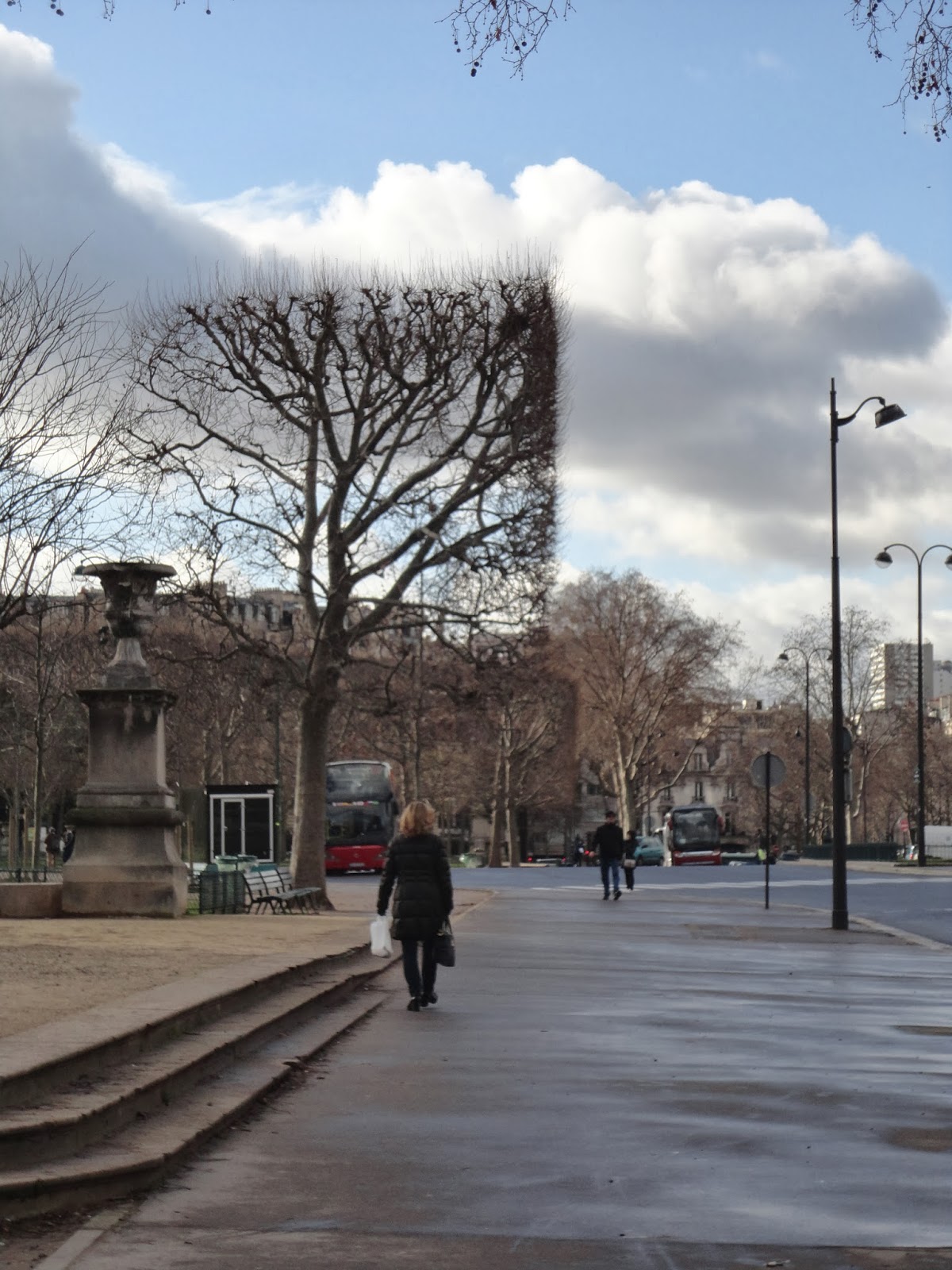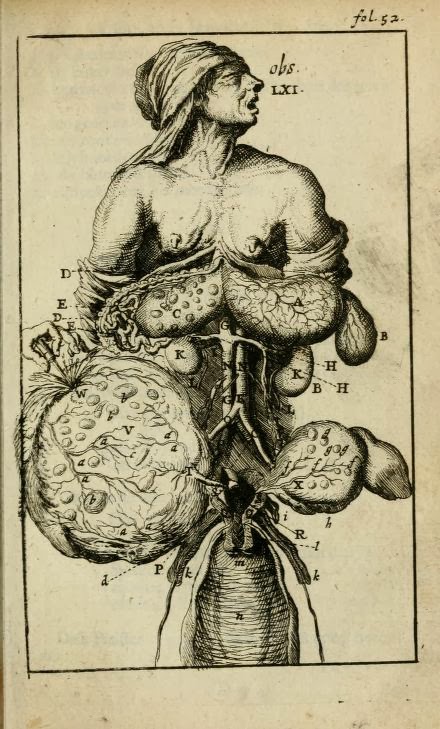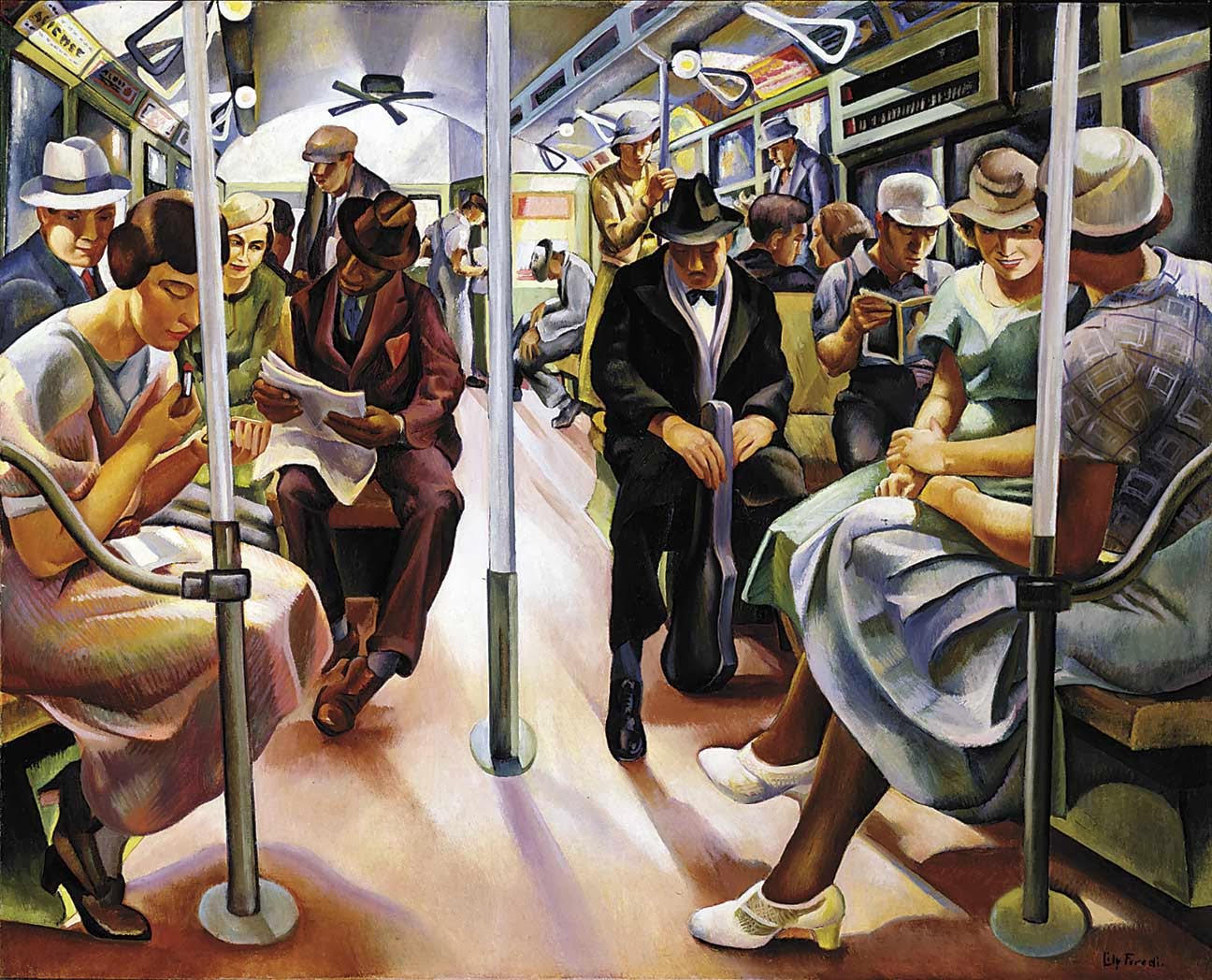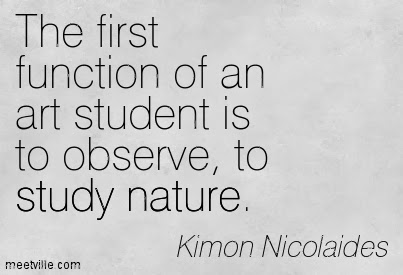I have spent this last week reading medical papyrus scrolls and scouring the Ancient Egyptian section of the Louvre. I hope to gain insight into what the Ancient Egyptians understood about human
anatomy and how they depicted the human figure in their art. This is part of my independent study project I am conducting through Brown University while I am here studying abroad in Paris. For a detailed description of the project, check out the January post titled 'Art Embodied: Project Proposal'. First, a few pages from my sketchbook!
This week I have been blown away by the depth of Egyptian anatomical knowledge, as well as the accuracy and realism of their human figures in art. My expectation going into this week of study was that the Ancient Egyptians would pay little attention to accurate anatomy and focus instead on representing the human figure in a symbolic, yet inaccurate way. Have I been proven wrong or what.
The photo above shows a painting that was completed on the wall of a tomb. While the figures' broad shoulders and slender waists may be slight demonstrations of hyperbole, the figures are relatively realistic. The figures lack depth, mostly due to the planar depiction of the legs, yet retain anatomical accuracy and are much more than just a symbol of a human form. The figures depicted below similarly demonstrate the artist's attention to anatomical detail, from the careful iteration of the leg muscles to the well-proportioned arms, hands and feet.
While Ancient Egyptian art signals that the Egyptians knew their way around the block when it came to anatomy, ancient medical papyrus scrolls provide a more detailed roadmap of the breadth and depth of this knowledge.
The original papyrus was written in Egyptian hieroglyphics,
but was acquired translated by American antiquity dealer Edwin Smith in 1862. Here's an excerpt from Case 10 of the papyrus:
Instructions concerning a wound above his eyebrow.
Examination: If thou examinest a
man having a wound above his eyebrow, penetrating to the bone, shouldst palpate
his wound, (and) draw together for him the gash with stitching..
Diagnosis: Thou shouldst say concerning him: "One having a wound above his eyebrow. An aliment which I will treat."
Treatment: Now after thou hast stitched it, thou shouldst bind fresh meat upon it the first day . If thou findest that the stitching of this wound is loose, thou shouldst draw (it) together for him with two strips (of plaster), and thou shouldst treat it with grease and honey every day until he recovers.
Gloss: "Two strips of linen," it means two bands of linen, which one applies to two lips of the gaping wound, in order to cause one (lip) be joined to the other.”
Diagnosis: Thou shouldst say concerning him: "One having a wound above his eyebrow. An aliment which I will treat."
Treatment: Now after thou hast stitched it, thou shouldst bind fresh meat upon it the first day . If thou findest that the stitching of this wound is loose, thou shouldst draw (it) together for him with two strips (of plaster), and thou shouldst treat it with grease and honey every day until he recovers.
Gloss: "Two strips of linen," it means two bands of linen, which one applies to two lips of the gaping wound, in order to cause one (lip) be joined to the other.”
Preserved bodies found in Egyptian tombs are one window into the extent of medical knowledge and care in Ancient Egypt. At the tombs of Gizeh, archaeologists have found bodies with broken arms that have been set, a body of a man who lived fourteen years following a leg amputation, and another body of someone who lived for two years post-brain surgery. I had no idea the Egyptians were performing these types of operations!
The Ebers papyrus is an equally fascinating medical
papyrus. It details topics such as diseases of the stomach and digestive system, skin diseases, and treatments for burns, migraines, and traumatic
injuries. The gynecological system and dentistry are also covered. Another section describes relaxing and strengthening the metu, a word that may refer to the muscles. The Ebers papyrus even identifies organs such as the spleen, heart and lungs. One paragraph describes the link between the heart and the pulse. To give you an idea of the level of detail in this ancient document, here's an excerpt from the Ebers:
“46 vessels go from the
heart to every limb, if a doctor places his hand or fingers on the back of the
head, hands, stomach, arms or feet then he hears the heart. The heart speaks
out of every limb…there are 4 vessles to his nostrils, 2 give mucus and 2 give
blood; there are 4 vessels in the forehead, there are 6 vessels that lead to
the arms; there are 6 vessels that lead to the feet; there are 2 vessels to his
testicles, it is they which give semen; there are 2 vessels to the buttocks.”
Below are some Ancient Egyptian beads I found in the Louvre, shaped like anatomical human hearts!
The process of embalmment may have played a role in energizing the Ancient Egyptian's studies in anatomy. During this process,
embalmers drew the dead body's brain out of the nostrils and made a small incision in the flank or abdomen to remove the
organs. This process undoubtedly gave the dissectors deeper insight into what comprised the human body.
Despite the Egyptian's familiarity with the basic geography of the human form, the assumption that the study of anatomy and the embalming process were closely linked is incorrect. Firstly, religious law would have banned the embalmers from studying the body in a methodical, scientific way. Secondly, embalmers and physicians occupied separate spheres of Egyptian society. Indeed, while the Egyptians seem knowledgeable of the general layout of the brian, their understanding of deeper functions was slightly convoluted. For example, the heart, not the brain, was considered the source of thoughts.
The anatomical dexterity of the Ancient Egyptians, coupled with their focus on accurately depicting the human form, has astounded me. The physical body may have been considered a mere vessel for the transient spirit in Ancient Egyptian culture. Yet anatomically accurate forms and detailed medical scrolls signal that the body was a vessel to be keenly studied and loyally depicted.



.jpg)


